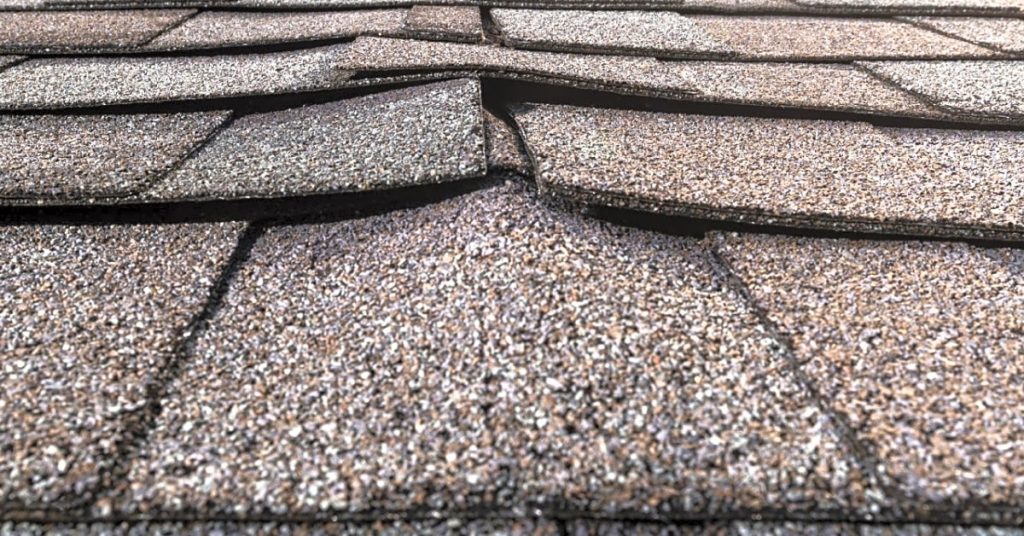
Will insurance cover roof repair?
Most homeowner insurance policies cover roof replacement if the damage is due to a natural act or a sudden accident event. How the roof covering works · Avoiding roof problems. If you’re wondering, “Does insurance cover roof replacement, it depends on the circumstances. Home insurance covers damage to things like your structure and roof if they are damaged by a covered hazard. Some policies identify or exclude specific hazards.
If your roof needs to be replaced due to unexpected natural events or other severe weather than flooding, it’s likely covered. However, if your roof is older or needs maintenance and repair, standard homeowner insurance typically doesn’t reimburse roof replacement. Homeowner insurance covers the structure of your home, including the cost of replacing the roof or repairing it if it is suddenly damaged. If your roof is damaged by fire, strong wind, hail, or anything else covered by your policy, you’ll likely be reimbursed for the cost of a new roof.
It depends on the insurance company, but if you used your claim payout properly to repair or replace your roof and you have some money left over afterwards, your insurer may be able to let you pocket the excess money. In some cases, homeowners insurance specifically excludes repairing roof damage, especially for HO-8 insurance policies. Other possible policy exclusions could include improper maintenance or neglect, the use of certain expensive roofing materials (such as cedar or recycled shingles), or roofs with more than two layers of roofing material. Coverage is often restricted for roofs that are over 20 years old. They may only be insured for their actual present value, not for their current replacement costs.
The nationwide recommendation for better roof replacement, for example, pays off to replace your roof with stronger and safer materials if it is damaged by a covered hazard. However, a hurricane that damages a roof in Florida may not be covered because such events occur frequently, or because the homeowner does not have hurricane-related coverage, or has not taken sufficient precautions. Many roofing companies will inspect a roof for free, hoping to do future business (just don’t be surprised if they have a lot of problems). There are many ways to protect your roof from wear and tear, such as. B. cleaning your gutters regularly, removing debris from your roof after severe storms, and trimming branches that hang or touch your roof.
If your roof is blown away in a severe storm and you have a wind deflector, you will need to pay this instead of your regular excess. For example, a hailstorm that damages a roof can be covered because it is an unusual and unavoidable event. For example, if a few shingles on your roof had slight nicks after a hailstorm, your home insurance company can classify this as cosmetic damage, a standard housing cover exclusion. Homeowners with attic access should use a flashlight to look for clues of roof leaks such as water marks, black spots, or mold.
Damage caused by ice dams such as icicles and ice buildup is a common hazard on the roof, causing your roof to collapse and creating barriers around your gutter that can cause water to overflow and then leak or collapse the roof. Your homeowner’s insurance usually doesn’t cover damage or leaks caused by the failure of an older or poorly maintained roof. On the one hand, you should ask for a copy of liability insurance and any other certificates that a reputable roofing company should have.
.
References:
Related Posts
Does Home Insurance Cover Roof Leaks?
How many times can a roof be patched?
Can you fix a roof leak from the attic?
How do you waterproof a roof from the inside?
Can you repair just part of a roof?
Can you patch roof yourself?
How to choose a roof repair company?
How much does it cost to fix a hole in the roof?
